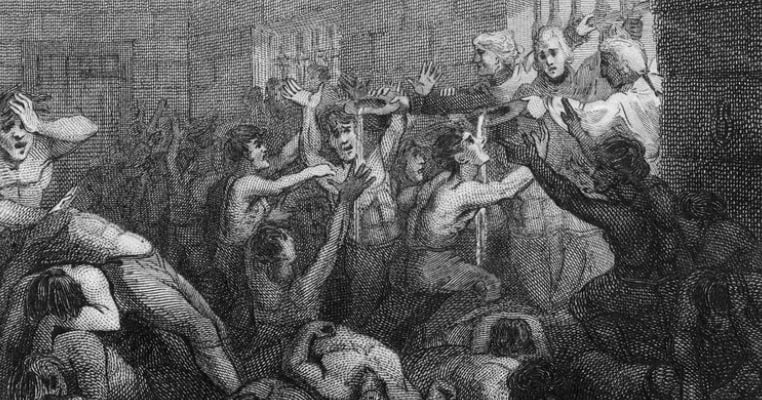
ADVERTISEMENT - CONTINUE READING BELOW
3. London’s Newgate Prison was used to train executioners until the twentieth century
Newgate Prison was originally built in the twelfth century as a place to hold those accused of crimes while the judges debated their innocence or guilt. Enlarged over the subsequent centuries, Newgate became a prison for both men and women, who often had their children with them while incarcerated, and contained among its inmates those convicted of crime and those imprisoned for debt. The seriousness of the crime determined the type of accommodations, those convicted of the most serious crimes were held in dungeons in shackles while those who could afford it were allowed to purchase food and drink from outside the prison.
In the mid-fifteenth century the prison was closed, demolished, and rebuilt. Three yards were established; one for those who could pay for their accommodations, another for those who could not, and a third for prisoners under unique circumstances. It was rebuilt yet again after it was destroyed in the Great Fire of London. By the end of the 18th century it was the site for executions in London, and the condemned were kept in isolation, in the world’s first death row. Newgate became the training site for executioners in the United Kingdom, a role it retained until 1901. Among the prisoners held there over the years were the writer Daniel Defoe, Giacomo Casanova (for bigamy), William Penn, the founder of Pennsylvania, and Catherine Wilson, the last woman to be publicly executed in London.

